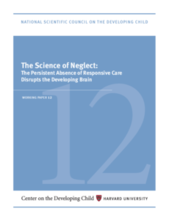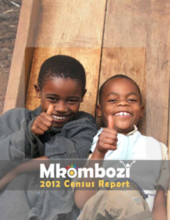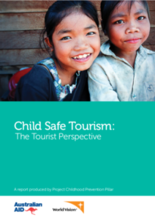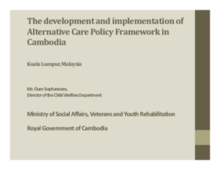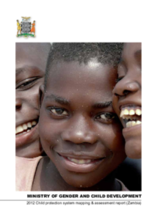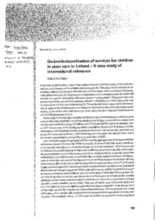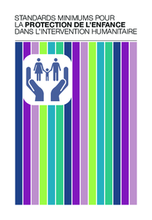Demographic Data
|
Sources: World Bank, UNICEF, UNDP HDR 2015, DHS 2013 |
Displaying 13021 - 13030 of 14557
This report is the result 4 of a two-year EU funded project “An Early Years Support Centre (EYSC) service in Dushanbe: Reducing poverty, empowering vulnerable families, strengthening partnerships and advocating for rights”. It outlines the model of support that was developed through the EYSC project in Dushanbe, the capital of Tajikistan.
This working paper from the National Scientific Council on the Developing Child examines child neglect and its impacts.
This study aimed to establish the effect of brief, in-home intensive family preservation programs on prevention of out-of-home placement, family functioning, child behavior problems and social support.
This report summarises findings from a recent online survey conducted with over 300 international travellers to Cambodia, Lao PDR, Thailand and Vietnam.
This PowerPoint presentation provides an overview of the alternative care situation in Cambodia, including residential and family-based care.
This report was conducted to provide an extensive assessment designed to map the existing child protection system in Zambia.
This paper describes Ireland’s successful implementation of a policy of de-institutionalization of out-of-home care for children.
A Madagascar, les ménages nucléaires représentent le modèle dominant au détriment des ménages élargis.Néanmoins, les structures familiales et leurs évolutions restent mal connues et, dans un contexte de déstructuration familiale (divorce, décès), la question de la prise en charge des enfants reste majeure.
Les Standards minimum pour la protection de l'enfance dans l'intervention humanitaire ont ete developpes pour soutenir les activites en matiere de protection de l'enfance dans les situation d'urgence. Ils visent notamment a etablir des principes communs pour tous les acteurs et a renforcer la coordination entre eux.


